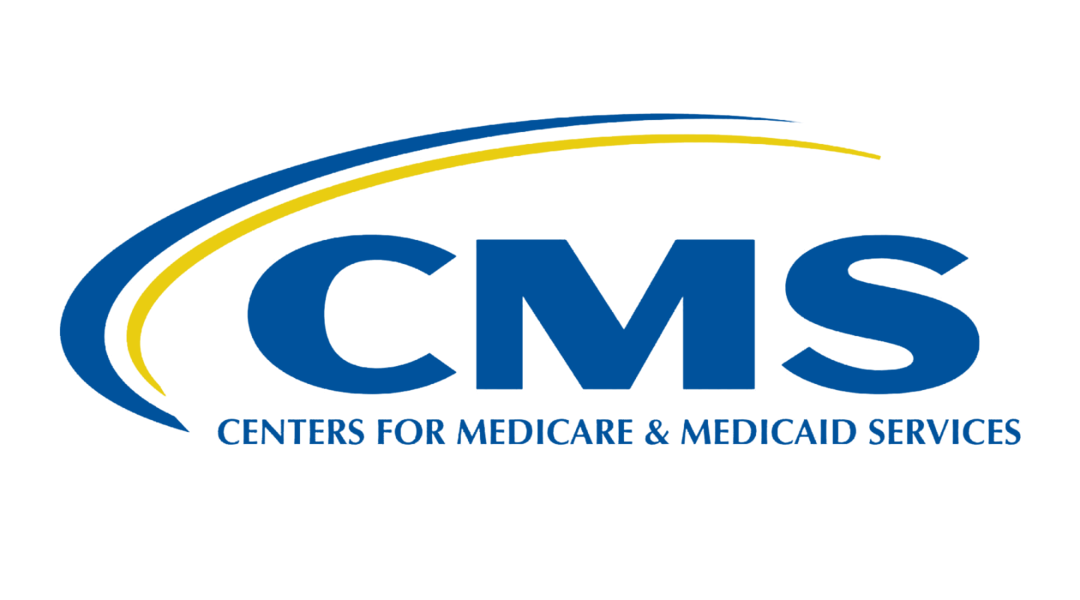Medicaid is a federal and state partnership that jointly provides health insurance to low-income adults, children, elders and people with disabilities. Under the Affordable Care Act (ACA also known as Obamacare), the federal government matches state Medicaid payments with no pre-set limits. The ACA also called for Medicaid expansion, which was adopted by Washington, D.C. and 31 states, including New York.
In the rush to dismantle the ACA, the Republican-controlled Congress and the Trump administration have proposed replacing Medicaid with per capita caps or block grants to states based on pre-expansion Medicaid funding levels. A block grant is a fixed amount of money that the federal government gives to states, setting the amount in advance. Under a per capita cap model, the federal government would decide on a set amount to pay states for each enrollee or type of enrollee (elders, people with disabilities, etc.) It would then multiply the amount it awarded each state by the number of enrollees.
Medicaid covers one in seven adults in the U.S., two in five children, three in five nursing home residents, and two in five people with disabilities. In New York, Medicaid provides health care coverage for 6.4 million adults and children. Here are three ways that replacing Medicaid with block grants or per capita caps could affect healthcare in New York State:
- Less money: According to an analysis by the Washington Post, research shows that block grants lead to less funding over time. While it’s “hard to say” whether the switch to block grants is the factor that drove down funding, the article notes, a Center on Budget and Policy Priorities analysis of the 13 major housing, health, and social services block grant programs that policymakers have created in recent decades found that overall funding for the 13 fell by 37 percent between 2000 and 2016, adjusted for inflation and population growth. Per capita caps are also likely to reduce the amount of money available for Medicaid, as the Kaiser Family Foundation explains.
- Fewer beneficiaries: States such as New York that expanded Medicaid coverage through the ACA will be faced with the prospect of either maintaining coverage out of their own funds or dropping new beneficiaries from the program. In New York, Medicaid rolls expanded by over 750,000 beneficiaries under the ACA, and benefits for these residents would be at risk. Nationwide, it is estimated that 17.6 million people would be dropped from enrollment.
- Less ability to respond to new challenges: Block grants would limit states’ ability to respond to a host of challenges, including rising healthcare costs; increases in enrollment during an economic downturn; or health emergencies such as the opioid epidemic, Hurricane Sandy, Zika, or the September 11 terrorist attacks. According to Families USA, “At the end of the day, the only real ‘flexibility’ a Medicaid block grant would give states is the flexibility to decide how to make up Medicaid funding shortfalls: which services to cut, which hospital or doctor payments to cut, which taxes to raise, or which non-health care programs to cut.”
Learn more
Essential Facts About Reform Alternatives: Block-Granting Medicaid, The Commonwealth Fund
How Medicaid Helps Your State, The Commonwealth Fund
Medicaid & CHIP in New York, Medicaid.gov
Medicaid Block Grants and Federalism: A Lesson from Canada, Journal of the American Medical Association
